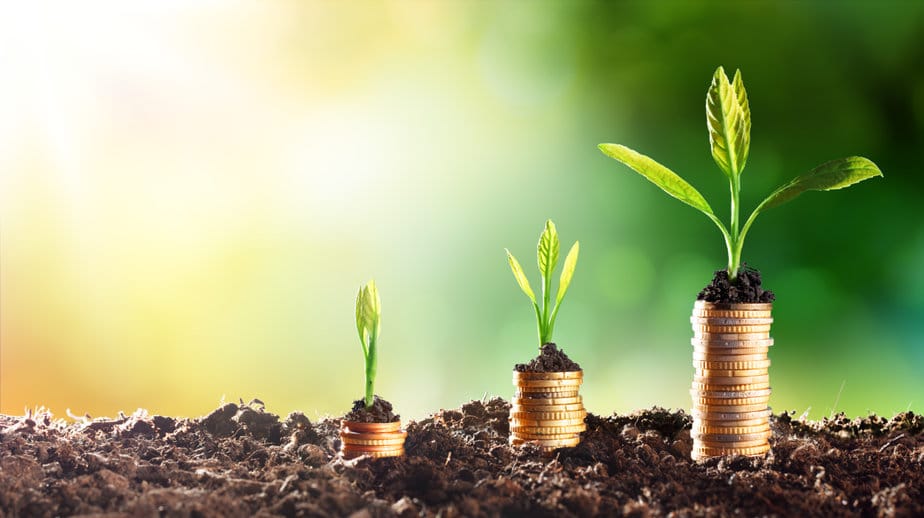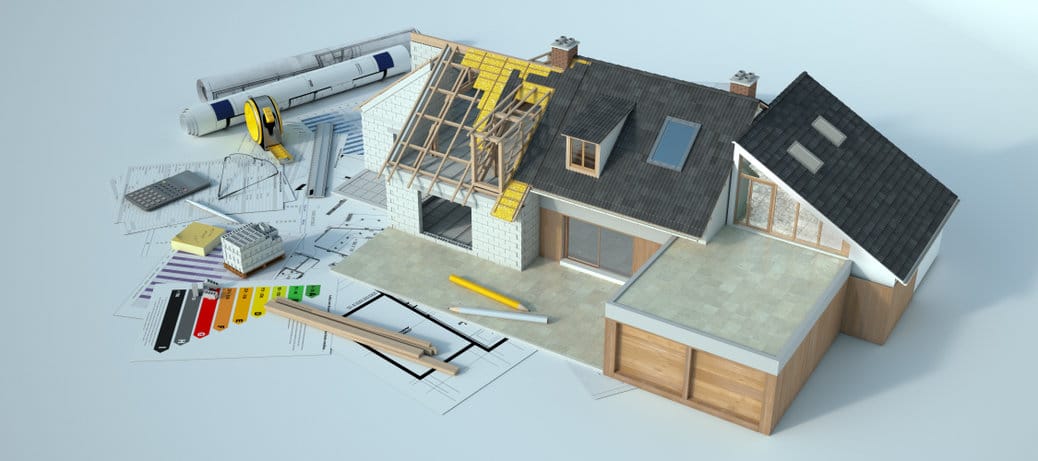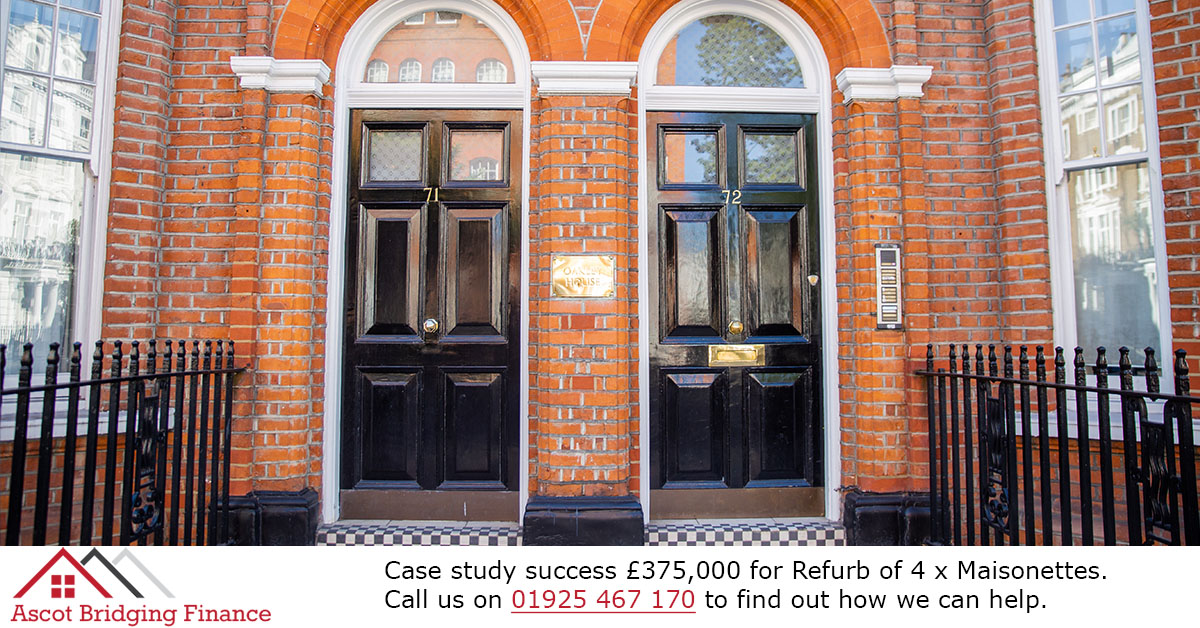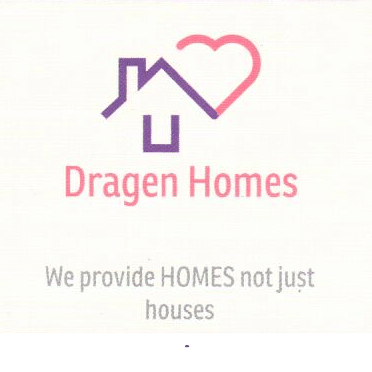Last year, the government raised the stamp duty on second homes to 3%. A LoveMoney.com article from August 2017 notes that people completing the purchase of a new house before selling their existing house technically own two homes and will have to pay the extra stamp duty. They can claim back the money after their existing house has been sold. It is common for people to rely on the proceeds of a house sale to finance a new house purchase. If there is a delay in selling their house, a bridging loan can be used to complete the purchase. Buyers must pay interest on the bridging loan as well as the higher stamp duty, which will eventually be refunded. Official figures show 6,800 refunds totaling £80m were paid out in the 2016/2017 financial year. The average amount refunded was £11,765. Paul Higgins of the Homemaker’s Alliance said:
“The fact that buyers can claim the additional charge back once their home is sold is of little use to those people who are stretching themselves as it is to buy a property.”
Bridging finance lenders find that many borrowers are unaware that they need to factor in the extra stamp duty when calculating the costs of completing a house sale quickly. Some property experts want the government to allow people two years to sell their house before the 3% stamp duty is charged. This would significantly reduce the costs when using a bridging loan to complete house purchases quickly.






